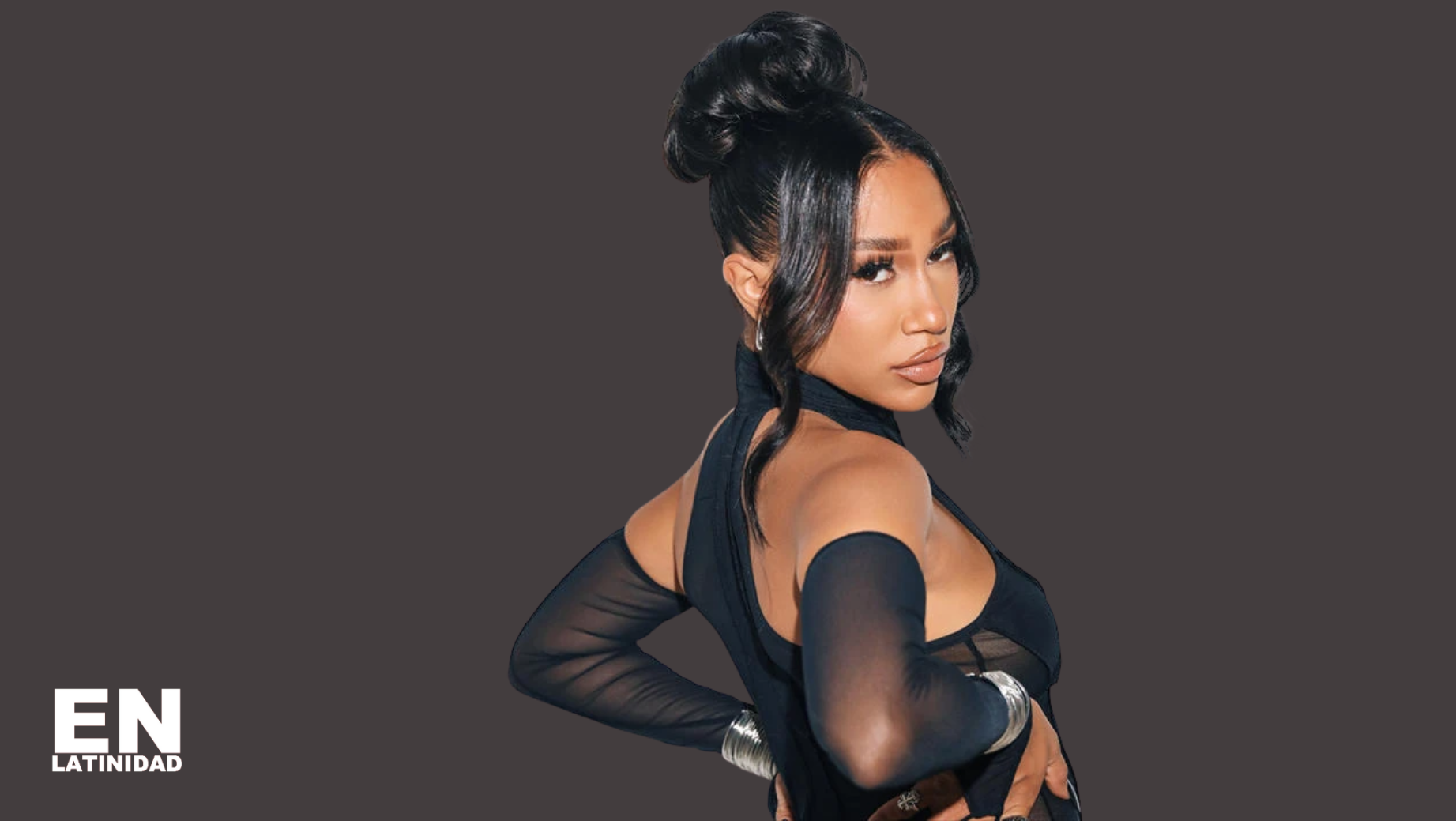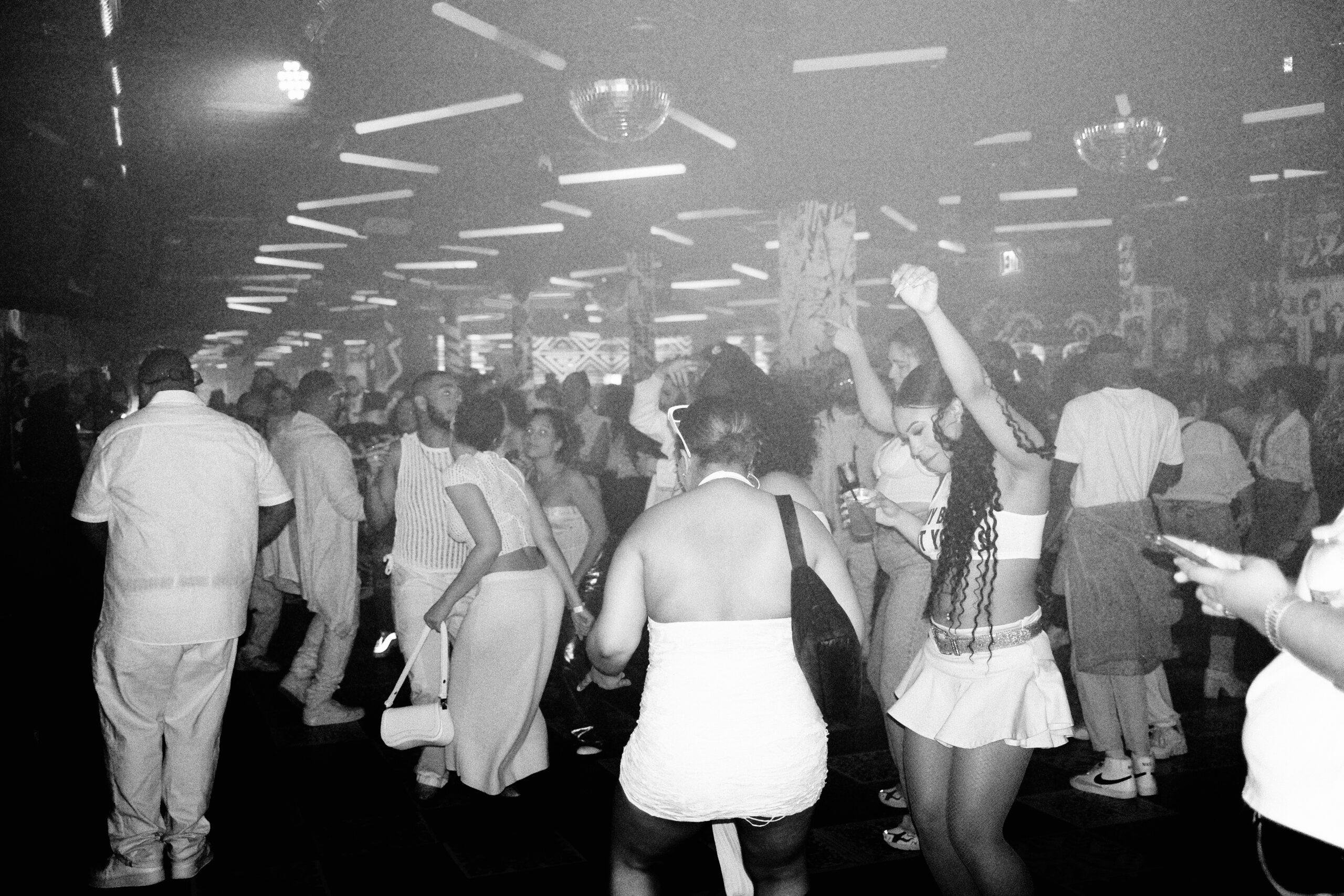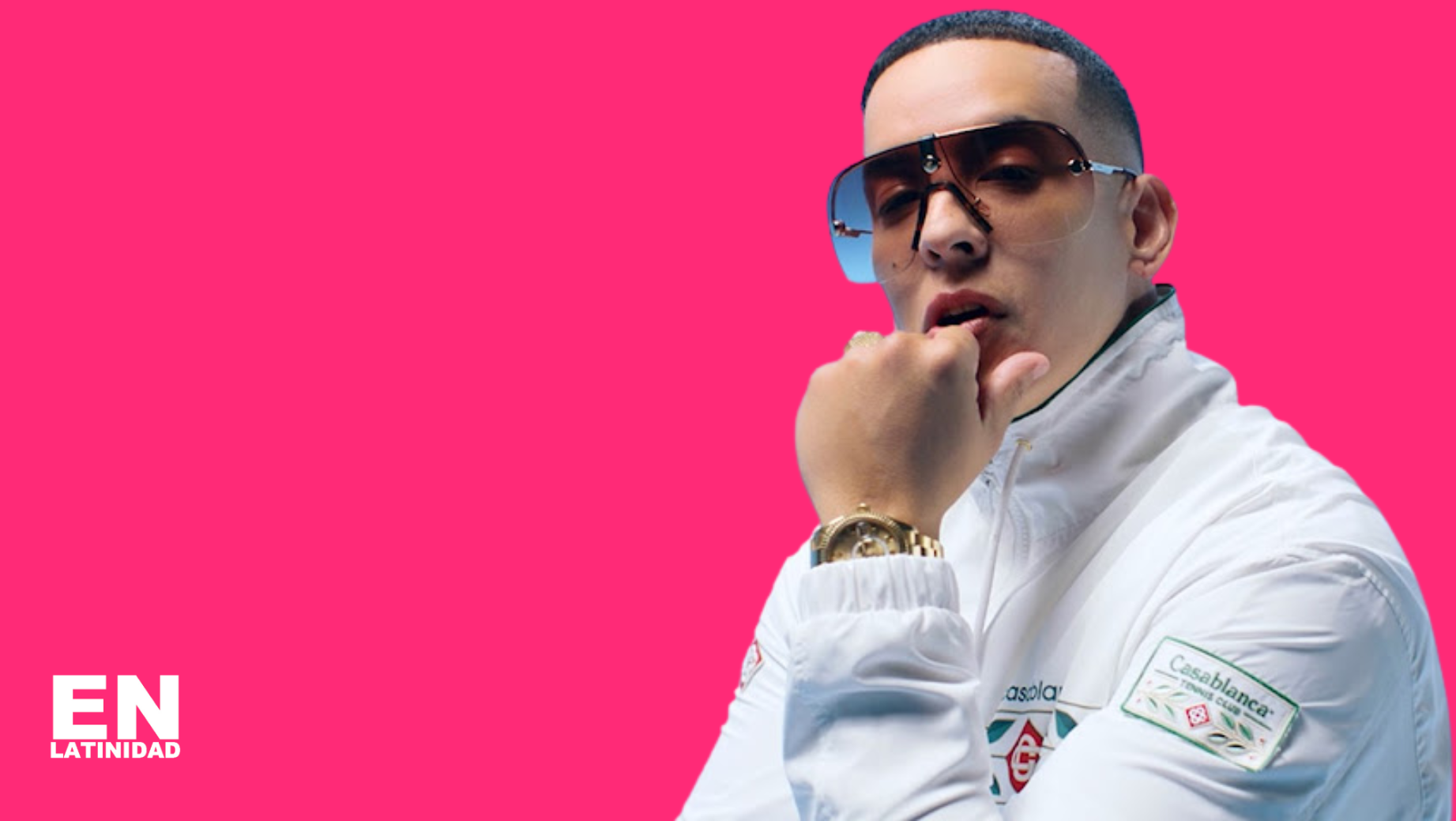BIA Breaks Barriers: Boston’s Puerto Rican Rapper Shines with Hit Collabs and Vegas Performances
If diamonds are made under pressure, then BIA came out of Boston shining like a whole chandelier. Bianca Miquela Landrau—better known to the world as BIA—is proof that stars can rise out of the most unlikely places. Hailing from Medford, Massachusetts, just outside of Boston, the Puerto Rican rapper has carved out a space for herself in a city long known for overlooking its urban music talent. With her signature blend of confident bars, sultry hooks, and undeniable style, BIA has become one of the most exciting voices in rap. And now, after performing in cities like Las Vegas, landing brand collaborations, and teaming up with hip-hop’s elite—including Nicki Minaj—she’s proving she’s not just “really her,” she’s just getting started.
BIA’s journey wasn’t easy. Boston has long been criticized for being a tough city for hip-hop artists to break out from. Despite being a cultural hub in many respects, it’s a city that rarely invests in its Black and brown musicians, especially in the hip-hop space. For years, artists had to leave in order to grow—and BIA did just that. She first gained national attention through Oxygen’s Sisterhood of Hip Hop, signed to Pharrell’s I Am Other imprint at RCA, and dropped her debut mixtape #CholaSeason. But it was 2019’s “Best on Earth” with Russ that went viral, catching the attention of Rihanna and setting her on a path toward mainstream visibility.
When “Whole Lotta Money” blew up on TikTok, and later received a remix co-sign from Nicki Minaj, BIA officially crossed over. The track cracked the Billboard Hot 100 and made her a fixture on playlists and stages around the world. Performing in Las Vegas, she brought her signature style and high-energy performance to fans in one of music’s most prominent cities—not as a resident act, but as an artist commanding attention on her own terms.
Her return to Boston as a headliner at Paradise Rock Club during her Really Her Tour was a full-circle moment. After years of grinding, moving, and evolving, BIA came back home to a city that, for the first time, seemed ready to embrace what it long ignored. Boston’s music scene has produced names like Joyner Lucas and Benzino from Love & Hip Hop, but few have broken through the way BIA has. The truth is, Boston hasn’t always been kind to its urban artists. Its venues, arts funding, and cultural programming historically ignored hip-hop in favor of genres seen as more “palatable.” That lack of support left generations of Black and Latinx artists without a pipeline to grow from.
But change, slowly, is coming. Under Mayor Michelle Wu’s administration, new initiatives through the city’s Arts & Culture department (@artsinboston) are beginning to reshape that reality. Programs supporting cultural equity, grant access, and artist resources are helping to nurture a new creative ecosystem. It’s long overdue, and BIA’s trajectory shows what’s possible when talent is allowed to flourish—though she had to fight for it largely without help.
What’s so compelling about BIA is that she never tried to fit into a mold. She’s Latina, yes, but she’s not limited by anyone’s expectations. She’s bilingual, fashion-forward, and never afraid to flex a little. Her bars are slick, her hooks addictive, and her aesthetic distinct. Raised in a multicultural household, with Puerto Rican and Italian roots, she’s said she always felt in-between—and that in-between-ness is part of what makes her music so versatile. One moment she’s giving you raw East Coast rap, the next she’s experimenting with afrobeat influences or Latin drill.
BIA’s not just a rapper; she’s a brand, a visionary, and a cultural force. She’s proof that artists from cities with little industry infrastructure can build international legacies. And that’s exactly what she’s doing. Whether she’s dropping her own lip kits, walking into Paris Fashion Week, or tearing down stages in Vegas and beyond, she moves with the confidence of someone who knows her worth—and knows her impact.
Now, as the city of Boston slowly begins to reckon with its historic lack of support for hip-hop and artists of color, BIA’s success story stands as both a beacon and a challenge. Imagine what more artists could achieve if they didn’t have to leave in order to be seen. If they didn’t have to fight the system every step of the way. BIA did that—but the next generation shouldn’t have to.
As we look toward what’s next, one thing is certain: BIA is far from done. She’s shown she can evolve, expand, and command the spotlight—on her own terms. And if her past few years are any indication, the future is only going to get louder, prouder, and even more “her.”





Leave a Reply
You must be logged in to post a comment.